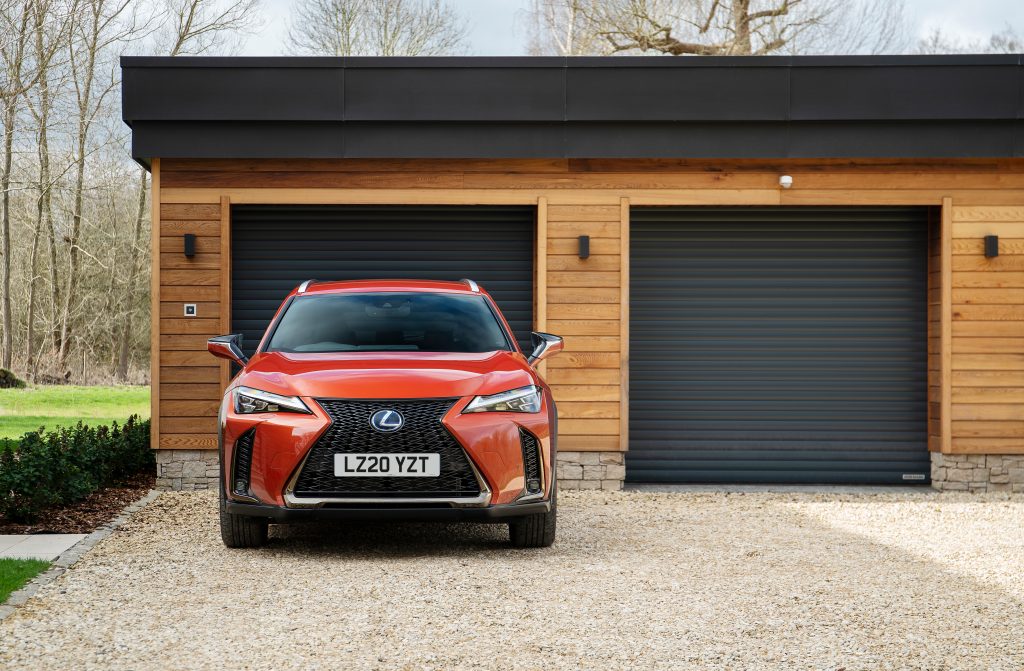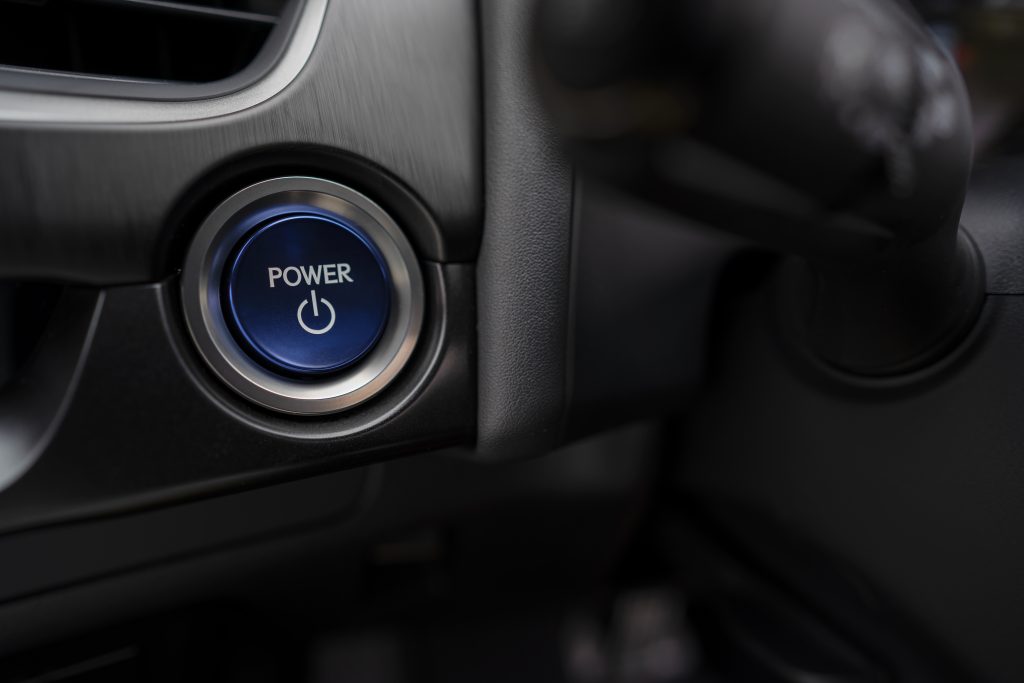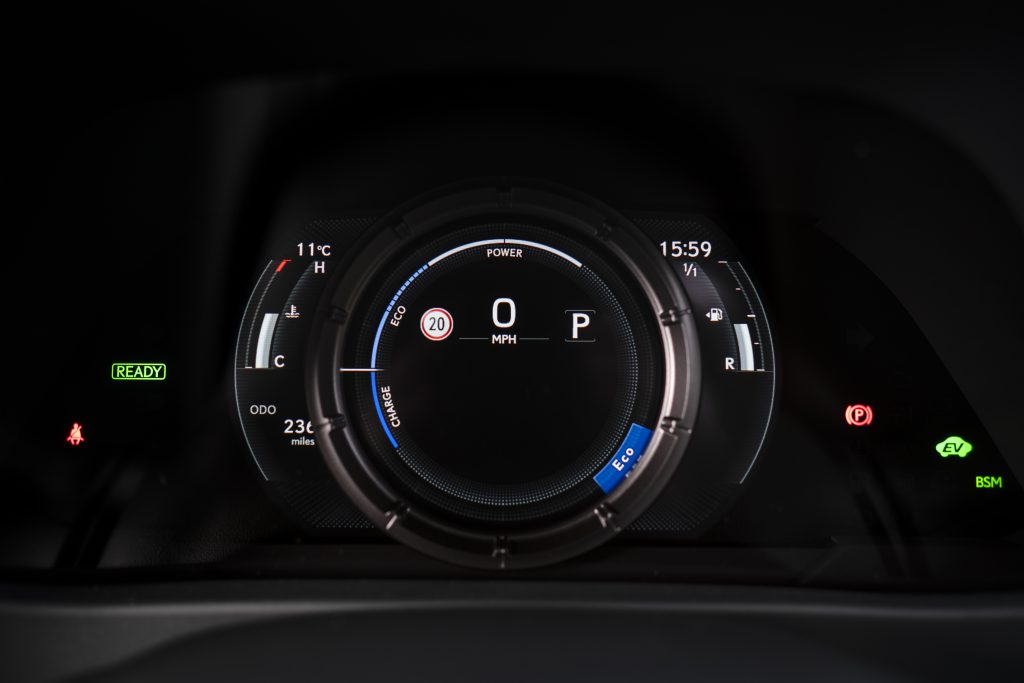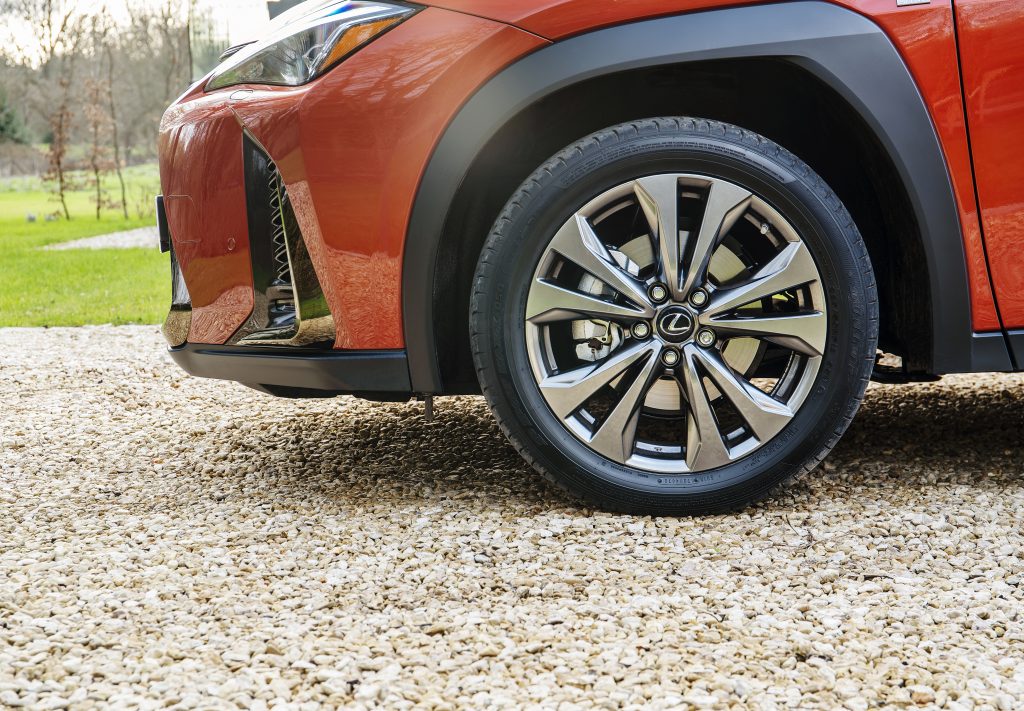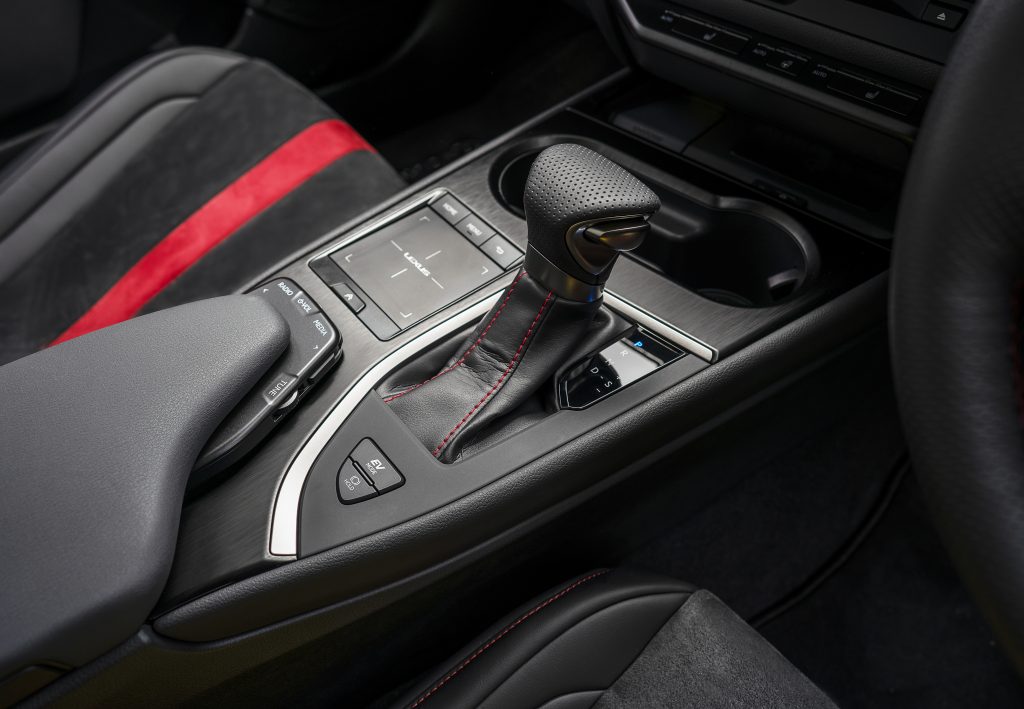LEXUS TIPS ON MAINTAINING A CAR IF IT’S PARKED FOR A LONG TIME
With the UK government advice to stay at home and only venture out for specific, essential reasons in light of the Coronavirus, Lexus has produced some tips on how to maintain a car if it is parked for a long period of time with very little use. No difficult car maintenance is necessary however the following tips can help ensure your car remains in tip-top condition during an extended layoff.
Check the tyre pressure
Check the tyres are fully inflated to the recommended level. It can be a good idea to repeat this process when you first drive your car after a long period of inactivity.
Storing the car
Clean the car thoroughly inside and out and if you are storing it in a garage, make sure it is completely dry before you put it away.
If you do plan to store your car in a garage, ensure the chosen storage area offers plenty of ventilation. If the space is secure, you could consider opening one of the car’s windows a small way to ventilate the interior. If you do this, you might have to change your car alarm’s setting to prevent it setting off the intrusion sensor – please consult your car’s manual for more information.
Disengage the park brake
It can be beneficial to leave the vehicle with the parking brake disengaged to prevent the brakes from binding, but only do this if you are certain the car is on level terrain and isn’t going to move. Ensure the transmission is set to ‘P’ for park and if you have a manual car put it into first gear, and place wedges or chocks, if you have them, under the wheels.
Put the car keys away
If you aren’t planning to drive your car for a long time, put the smart key in a safe place and don’t carry it around with you in your pocket. This will prevent the car from ‘waking up’ unnecessarily should you happen to walk near it in your garage or driveway.
If your vehicle is equipped with smart entry and start but the system isn’t operated for a long time, a battery-saving function will automatically be activated to prevent the 12-volt battery from being discharged.
Starting the car regularly
PETROL AND DIESEL CARS
Toyota and Lexus petrol and diesel cars only have a 12-volt battery, which provides the power to start the engine. Regular start-up of the vehicle on conventional petrol and diesel engines needs approximately 20 minutes of running to put back into the battery what you remove on start up, so to maintain this battery, running the engine for a period of time at least once a week is advised. The length of time needed to charge the battery will vary according to the model.
HYBRIDS
Toyota and Lexus hybrids generally contain two batteries: a 12-volt battery (which powers systems such as the headlamps and audio) and a high-voltage hybrid system battery (which supplies the power to start the combustion engine and drive the electric motors).
The simplest way to maintain charge in both of these is to simply go through the normal start procedure: press the Start button with your foot on the brake until the ‘Ready’ light is illuminated on the dashboard. Earlier hybrid models may have key ignitions to start the car.
Lexus recommends the car is put into ‘Ready’ mode for about 60 minutes (no need to keep your foot on the brake) before switching it off again and repeating the process every couple of weeks. Always adhere to the government’s advice regarding social distancing and Coronavirus (Covid-19) and please don’t leave your car unattended when it is switched on. While the car is in ‘Ready’ mode, you may hear and feel the internal combustion engine kick in, which is a normal part of the self-charging process. You might be tempted to switch on the radio to pass the time, or turn on other systems, but these will consume small amounts of electrical power so it’s best to leave them off.
Ensure the parking brake is on; there’s no need to go for a drive, although we must stress that this procedure should take place in a well-ventilated area – something to consider if you park your vehicle in a garage.
Keeping the battery charged
If you have a 12V battery trickle charger, or a solar panel charger, and are confident using them, then these are a good option to keep the battery fully charged while the vehicle is stationary for a period of time. You might want to consider an intelligent trickle charger that will only charge the battery when it needs to, but these are likely to be more expensive.
Saving on tax
If the vehicle will be kept on private property (such as inside a garage) for the duration of its storage, you could consider applying for a Statutory Off Road Notification (SORN). This informs the DVLA that the car is off the road and you will receive a refund of any remaining full months of tax. However, you won’t be able to drive your car legally until you tax it again, so it’s only advisable if you are positive you won’t use your car for a long time. You can read more information about how to SORN your car here.
Ends

